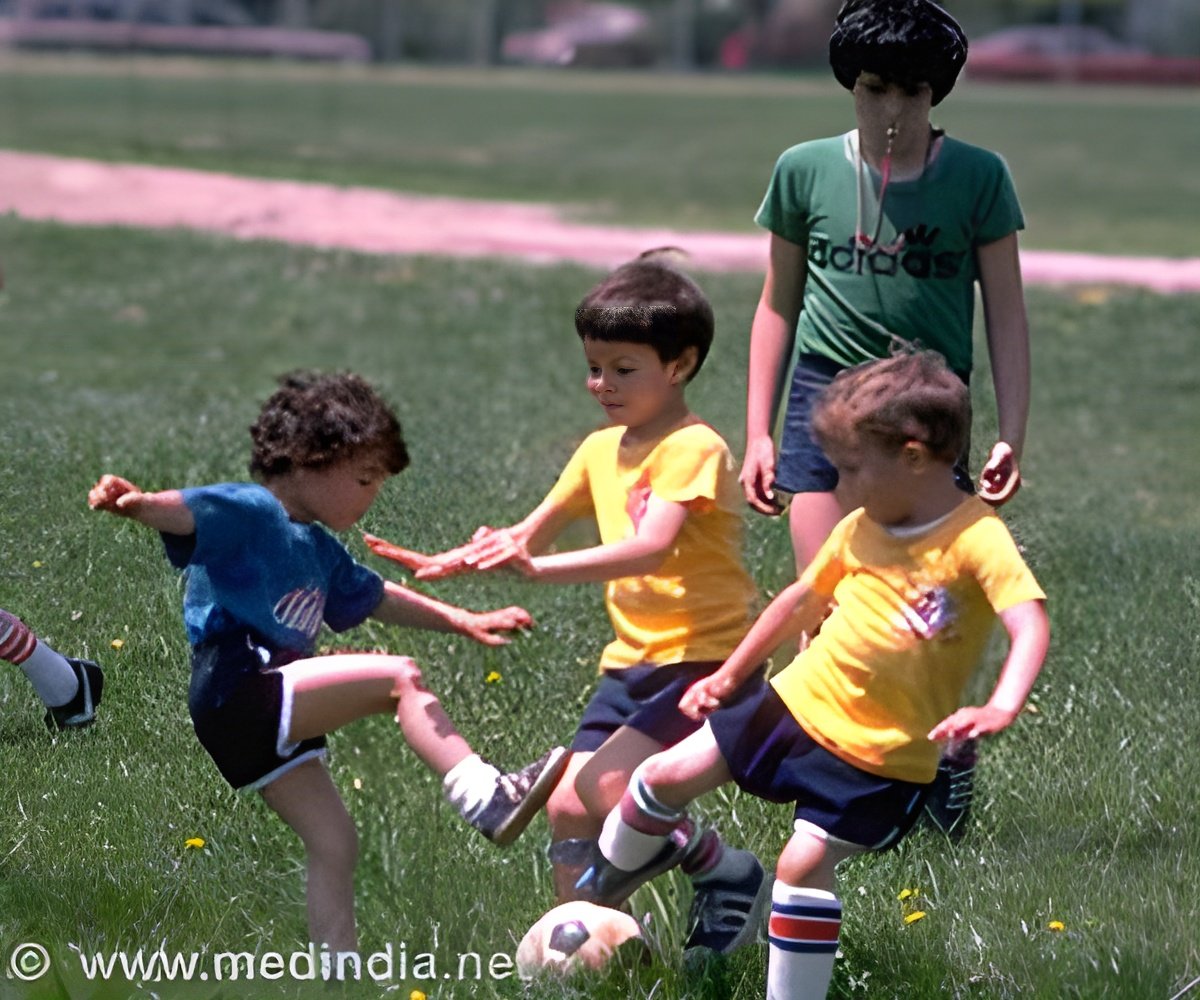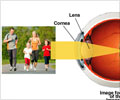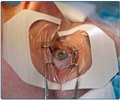Children who spend more time outdoors can prevent or delay the onset of myopia. Nearsightedness is a condition in which a person sees close up objects clearly.

An earlier study of 429 applicants for Singapore military showed that nearsighted applicants had more education than their normal-sight counterparts. The study results were published in the British Journal of Ophthalmology. 'These results underscore the strong influence of environment in myopia pathogenesis,' reported the researchers of the study.
Closer to the present studies is the findings of a German study published in the journal Investigative Ophthalmology and Visual Science indicating that experimental animals (chicks) exposed to bright light for 5 hours per day significantly slowed the development of myopia in them.
The two current studies were in the same context but performed on school children.
571 students aged 7 to 11 years, from two schools were recruited for the first study. Children were divided into two groups - 333 students in the interventional program, and 238 students in the control group. The interventions involved encouraging children to go outside for outdoor activities during school recess. At the beginning of the study, there were no significant differences between myopia (nearsightedness) prevalence. After one year, new onset of myopia was significantly lower in the intervention group than in the control group.
“Outdoor activities during class recess in school have a significant effect on myopia onset and myopic shift. Such activities have a prominent effect on the control of myopia shift, especially in nonmyopic children,” reported Wu Pei-Chang at Kaohsiung Chang Gung Memorial Hospital, in Taiwan, the lead author of this study.
The researchers, Dongmei Cui, Klaus Trier, and Søren Munk Ribel-Madsen, tested the axial eye length (a measurement for myopia) and vision in each group of children at the beginning and end of their seasonal interval.
"Our results indicate that exposure to daylight helps protect children from myopia," said the lead author, Dongmei Cui, from Sun Yat-sen University, China. "This means that parents and others who manage children's time should encourage them to spend time outdoors daily. When that's impractical due to weather or other factors, use of daylight-spectrum indoor lights should be considered as a way to minimize myopia".
References:
http://www.aaojournal.org/article/S0161-6420%2812%2901075-5/fulltext
http://www.aaojournal.org/article/S0161-6420%2812%2901040-8/fulltext
http://bjo.bmj.com/content/85/7/855
http://www.iovs.org/content/51/10/5247.abstract
Source-Medindia








